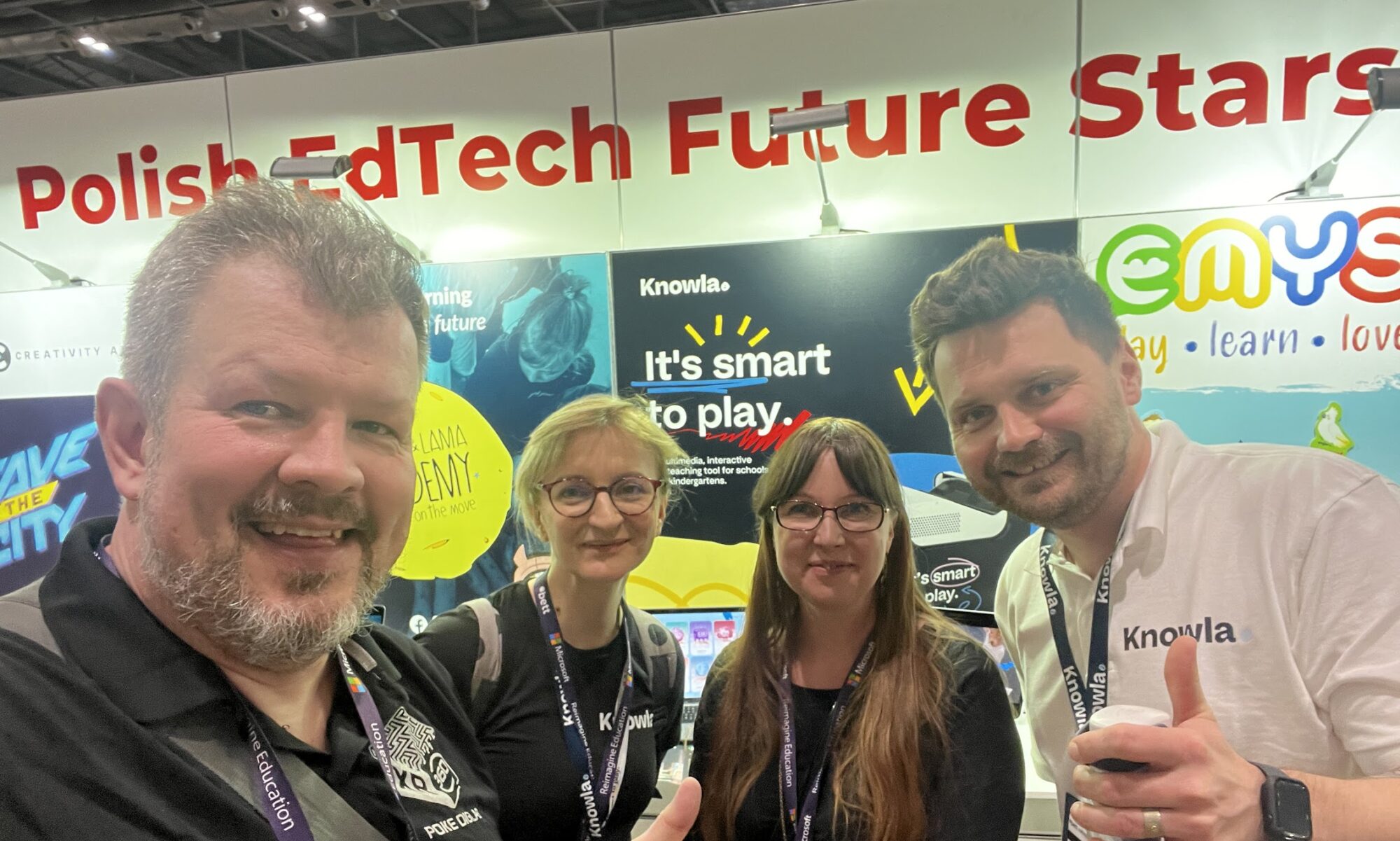In a world of rapidly evolving tools and possibilities, it’s easy to believe that technology can do it all. With AI composing songs, generating artwork, and writing stories, some might ask: Are we losing our creativity? But the truth is far more nuanced. Technology doesn’t make us artists. It’s just a tool—like a paintbrush or a piano. The real power lies in how we use it, control it, and curate the results.
In the same way the electric guitar didn’t replace guitarists or digital cameras didn’t replace photographers, AI and other tools won’t replace artists—unless we stop bringing our own creativity and perspective to the process.
Art Is Always a Dialogue
At its core, art is more than just output. It’s a dialogue between the artist and the audience. Every piece of music, painting, or film tells a story that invites the audience to respond emotionally or intellectually. Without this connection, art becomes meaningless noise, no matter how technically impressive it might be.
When an artist creates, they make countless decisions—what to include, what to leave out, how to frame a story, and how to make it resonate with others. These choices are the essence of creativity, and they cannot be automated. Even if AI helps generate ideas or drafts, it’s still the artist who gives the work its meaning, its voice, and its heart.
Technology as a Creative Partner, Not a Creator
Think of technology as a collaborator—a tool to push the boundaries of what’s possible. Here are some ways to look at it:
- AI in Music: AI can help compose melodies or suggest harmonies, but it’s the musician who decides what stays, what goes, and how it fits the larger composition.
- Digital Art Tools: Generative art tools can produce stunning visual concepts, but it’s the artist’s curation, editing, and context that turn them into meaningful works.
- Writing Assistants: AI can suggest text, but it cannot understand nuance, tone, or emotional depth. Only the writer can craft a story that truly connects.
Creativity Is a Human Connection
If we look back at history, every artistic tool—from the camera to the synthesizer—once caused controversy. People feared they would destroy art as we knew it. But instead, they became part of the creative process, expanding what was possible. The same will happen with AI and other technologies.
The role of the artist will always be to control, curate, and give context to the results. It’s our decisions, our stories, and our visions that will make the difference. Without that, even the most advanced technology will produce something hollow.
Embrace the Dialogue
So, as new tools emerge, the question isn’t whether they will replace us. They won’t. The question is: How will you use them to say something meaningful to your audience?
In the end, technology will never replace the dialogue between artist and audience—it will only give us new ways to speak. The future of creativity is not about machines making art for us; it’s about how we, as artists, continue to shape that conversation.
